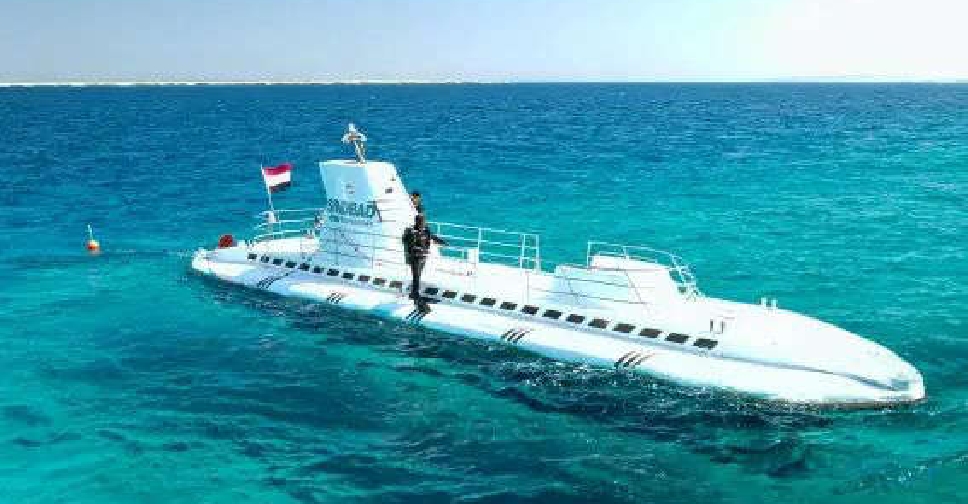Chinese Vessels Exit Philippine Waters
The Philippine Coast Guard (PCG) confirmed that two China Coast Guard (CCG) vessels spotted near Bolinao, Pangasinan, have left the Philippines' exclusive economic zone (EEZ). The PCG vessel BRP Cabra closely monitored and radio-challenged the Chinese ships, emphasizing their lack of legal authority in the area based on international and Philippine maritime laws. The CCG ships were initially seen 34 nautical miles from Bolinao before moving farther away. Tensions remain high as China continues to claim almost the entire South China Sea, despite a 2016 ruling by the Permanent Court of Arbitration rejecting its claims, a decision China refuses to recognize.
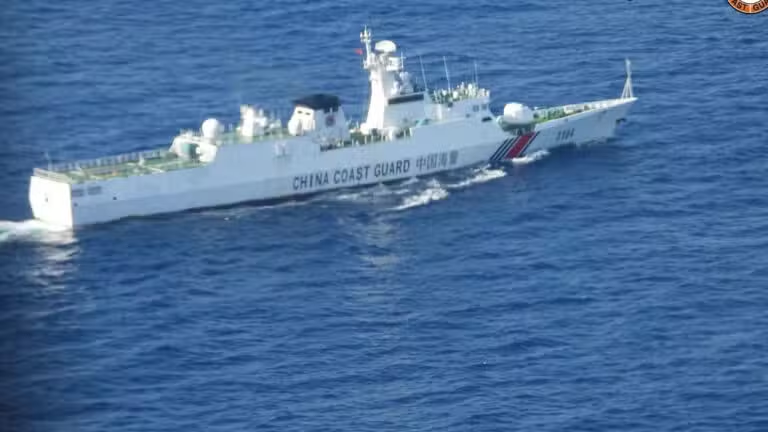
Philippine Government Confirms Vessel Departure
According to the National Task Force for the West Philippine Sea (NTF-WPS), satellite images and coast guard reports confirm that a number of Chinese maritime militia and fishing vessels left the country’s exclusive economic zone (EEZ) over the past week. Defense officials credit this to the government’s increased naval presence, diplomatic efforts, and international support.
"The Philippine government remains firm in upholding our sovereign rights. The departure of these vessels is a result of our continuous assertion of territorial integrity, enhanced patrols, and the diplomatic actions we have taken at the international level," Defense Secretary Gilberto Teodoro Jr. stated.
Why Were the Chinese Vessels in Philippine Waters?
For years, China has deployed coast guard ships, fishing fleets, and maritime militia into disputed areas within the West Philippine Sea, often encroaching on Philippine-controlled territories like the Scarborough Shoal, Ayungin Shoal, and parts of the Spratly Islands. The vessels have been accused of intimidating Filipino fishermen, blocking resupply missions, and engaging in illegal activities within Philippine waters.
Despite a 2016 ruling by the Permanent Court of Arbitration (PCA) in The Hague, which invalidated China’s sweeping claims over the South China Sea, Beijing has continued to assert control over these waters, citing its controversial nine-dash line.
What Led to Their Exit?
1. Intensified Philippine Maritime Patrols
The Philippine Coast Guard (PCG) and the Armed Forces of the Philippines (AFP) have ramped up their patrols, deploying additional vessels and aircraft to monitor and challenge foreign intrusions. The deployment of the BRP Teresa Magbanua and other navy assets has been instrumental in tracking and escorting foreign ships out of Philippine waters.
2. Diplomatic Pressure and International Support
The Philippines has been actively engaging with international allies, including the United States, Japan, Australia, and European nations, to bolster maritime security. The recent joint maritime exercises with the U.S. and Japan signaled a strong stance against territorial intrusions.
Foreign Affairs Secretary Enrique Manalo stated:
"We have made it clear through diplomatic channels that any violation of our sovereign waters will be met with strong opposition. The cooperation of our allies reinforces our stand that the West Philippine Sea is not up for negotiation."
3. U.S. and Allied Military Presence
The U.S. Indo-Pacific Command has also been increasing its military presence in the region, with freedom of navigation operations (FONOPs) in the South China Sea challenging China’s maritime claims. The Enhanced Defense Cooperation Agreement (EDCA) sites in the Philippines have played a role in deterring further Chinese aggression.
4. Domestic Resistance and Public Outrage
Filipino fishermen, activists, and lawmakers have been vocal in condemning Chinese incursions. Protests outside the Chinese Embassy in Manila and social media campaigns have pressured the government to take a firmer stance.
Senator Risa Hontiveros, a staunch critic of China’s actions, stated:
"The Filipino people will never accept foreign aggression in our waters. The exit of Chinese vessels is proof that when we stand our ground, we can protect our sovereignty."
What Happens Next?
Despite the departure of the vessels, experts warn that this may not be a permanent retreat. China has a history of withdrawing ships temporarily only to return with more aggressive maneuvers later.
Maritime security analysts suggest that the Philippines must continue its patrols and strengthen its alliances to prevent further encroachments. Former Supreme Court Justice Antonio Carpio, a key figure in the 2016 PCA ruling, emphasized:
"China’s strategy has always been to retreat when faced with resistance, only to come back when attention shifts. The Philippines must not let its guard down."
The government has vowed to continue monitoring the West Philippine Sea, ensuring that any future intrusions are swiftly addressed.
What's Your Reaction?












/https://tf-cmsv2-smithsonianmag-media.s3.amazonaws.com/filer_public/54/66/546650fa-26a4-40fd-8d6d-5a7a04540f81/rosetta2.png)
:max_bytes(150000):strip_icc():focal(999x0:1001x2)/robert-prevost-050825-1-39395418ab494da5a3a700c9478e66c8.jpg)


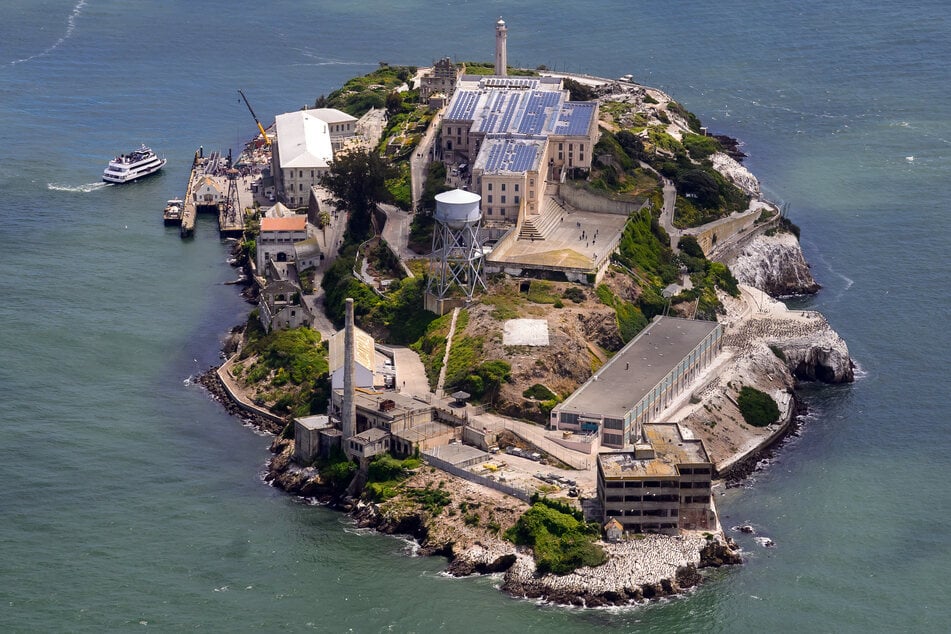





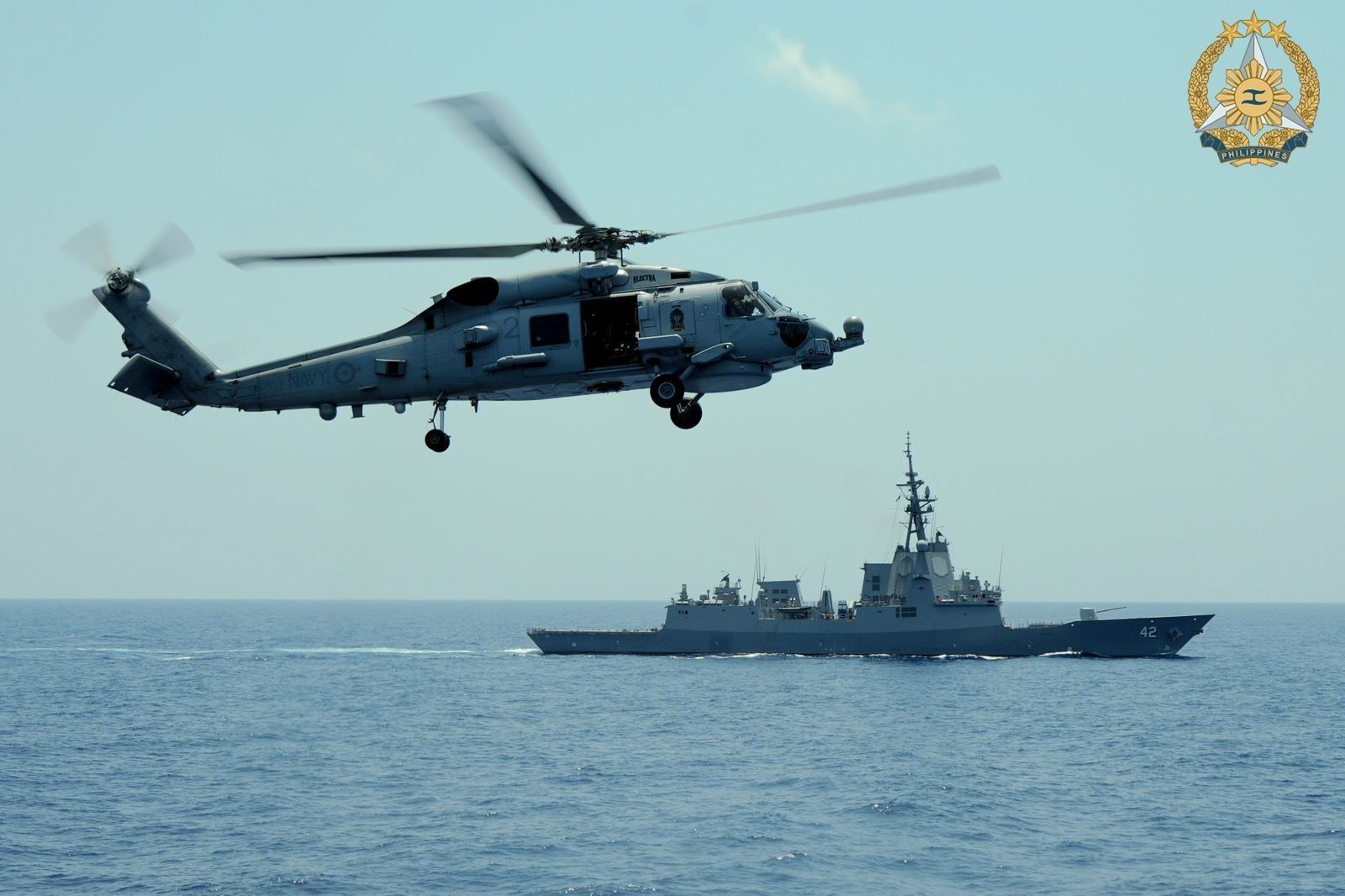

















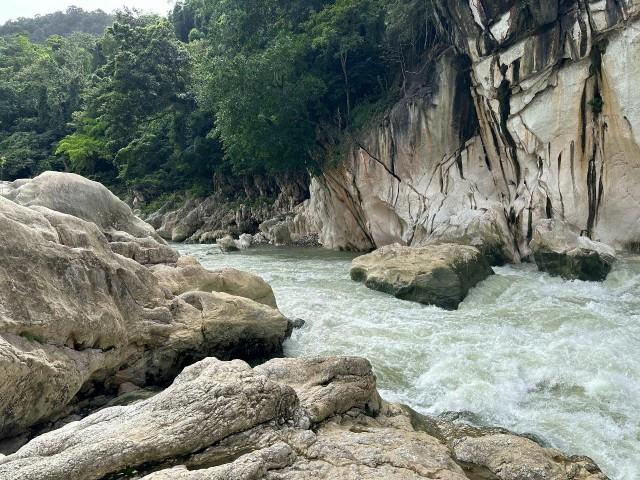




















format(webp))
format(webp))















![[DECODED] YouTubers spreading false claims on Duterte-ICC issue can earn up to ₱20,000 daily.](https://media.cnn.com/api/v1/images/stellar/prod/ap25070119232039.jpg?c=16x9&q=h_833,w_1480,c_fill)

